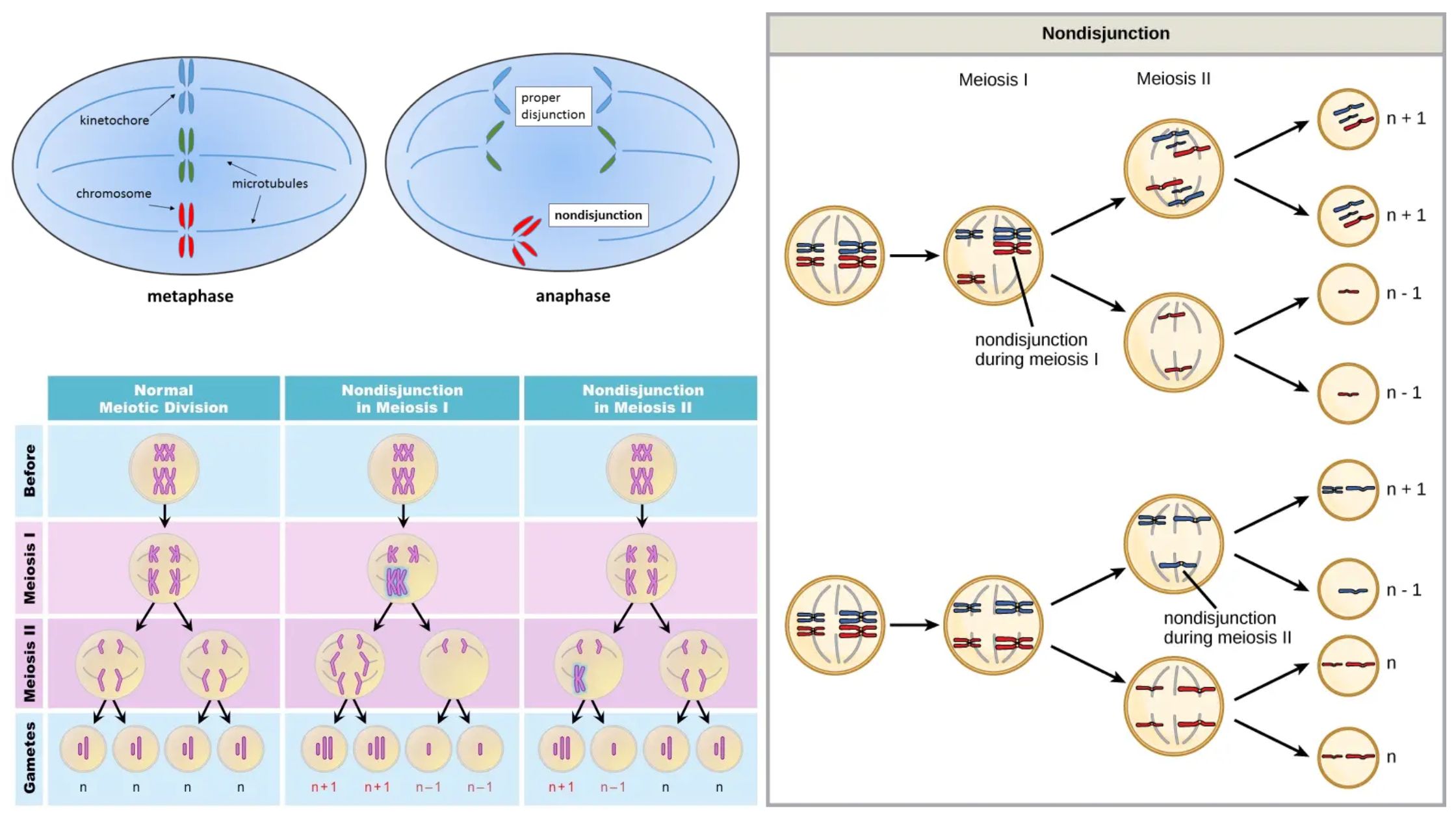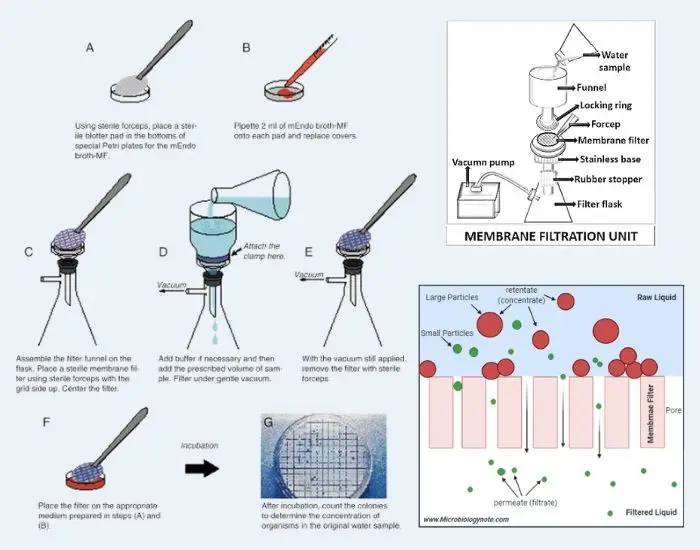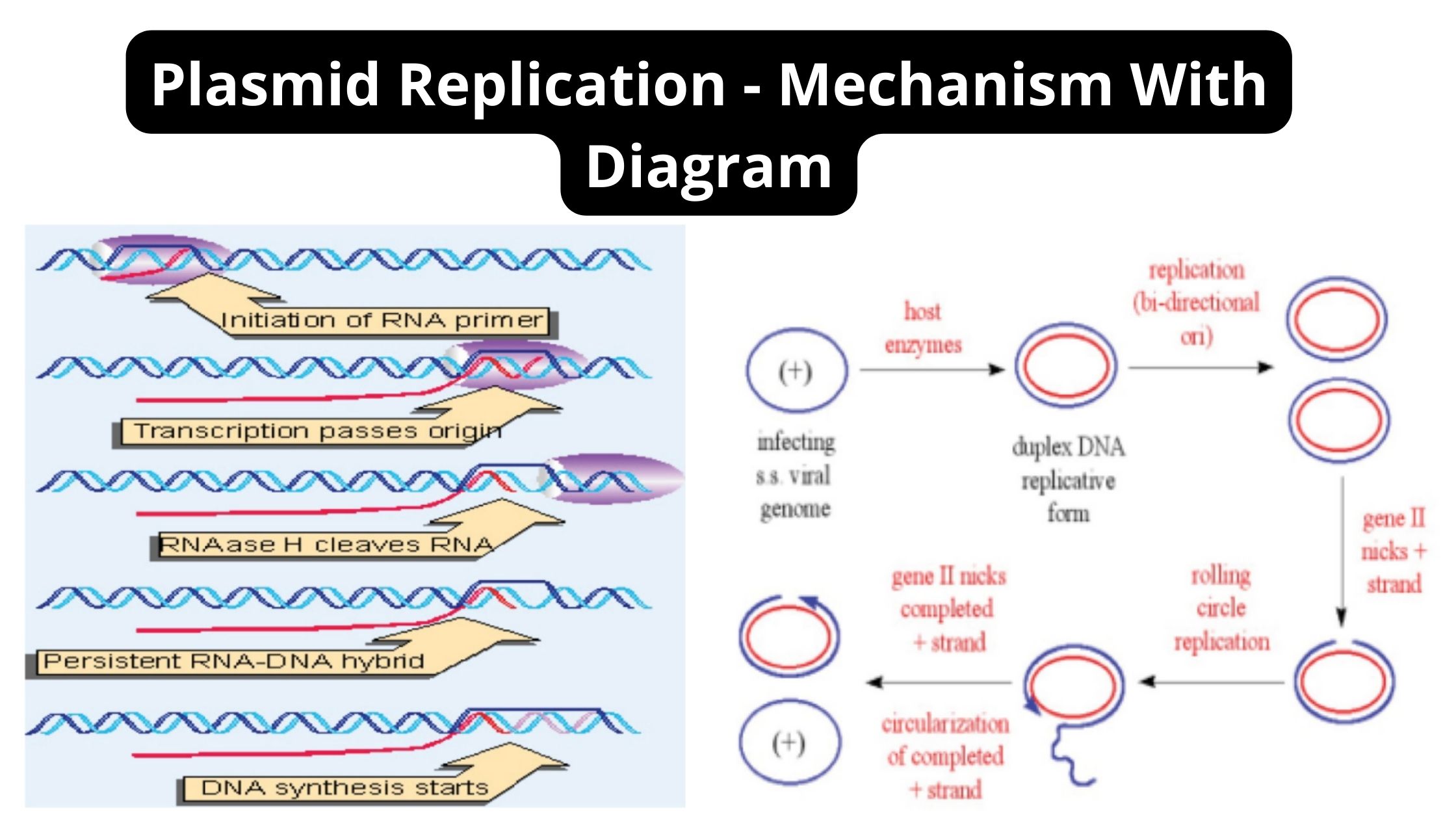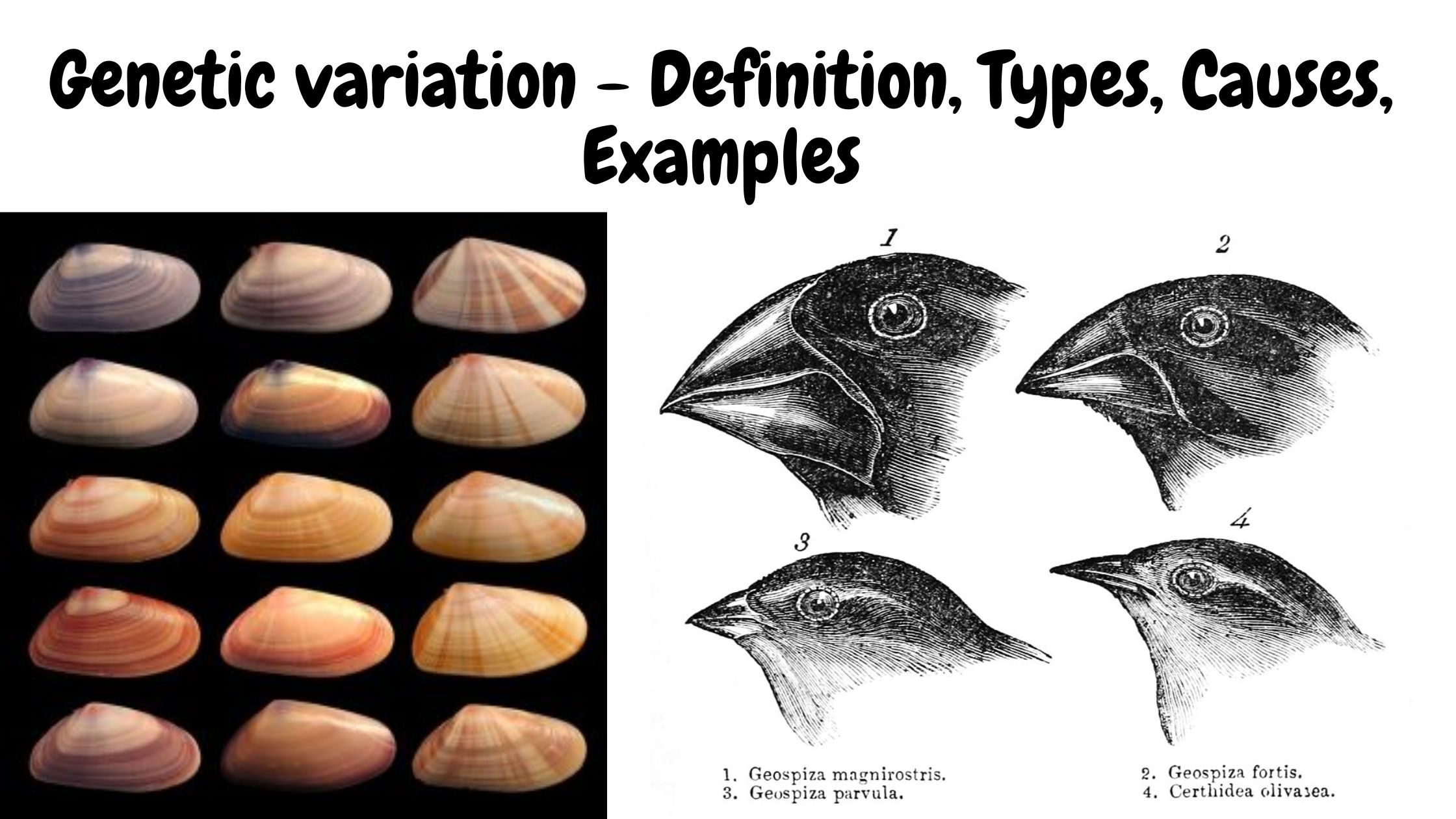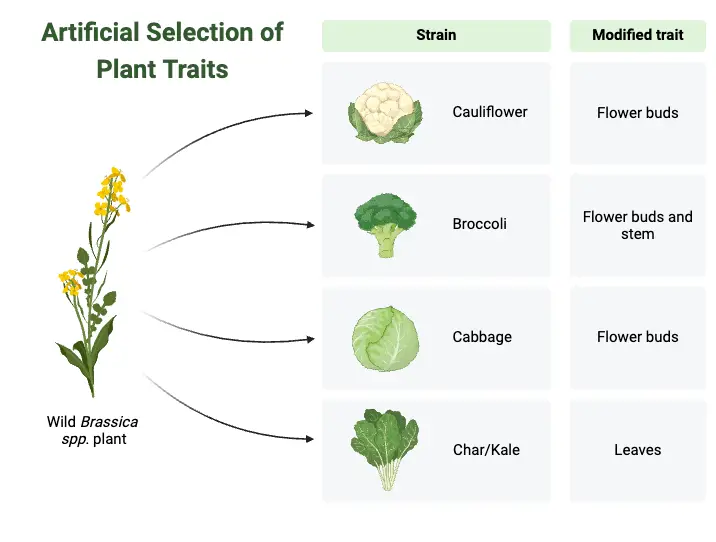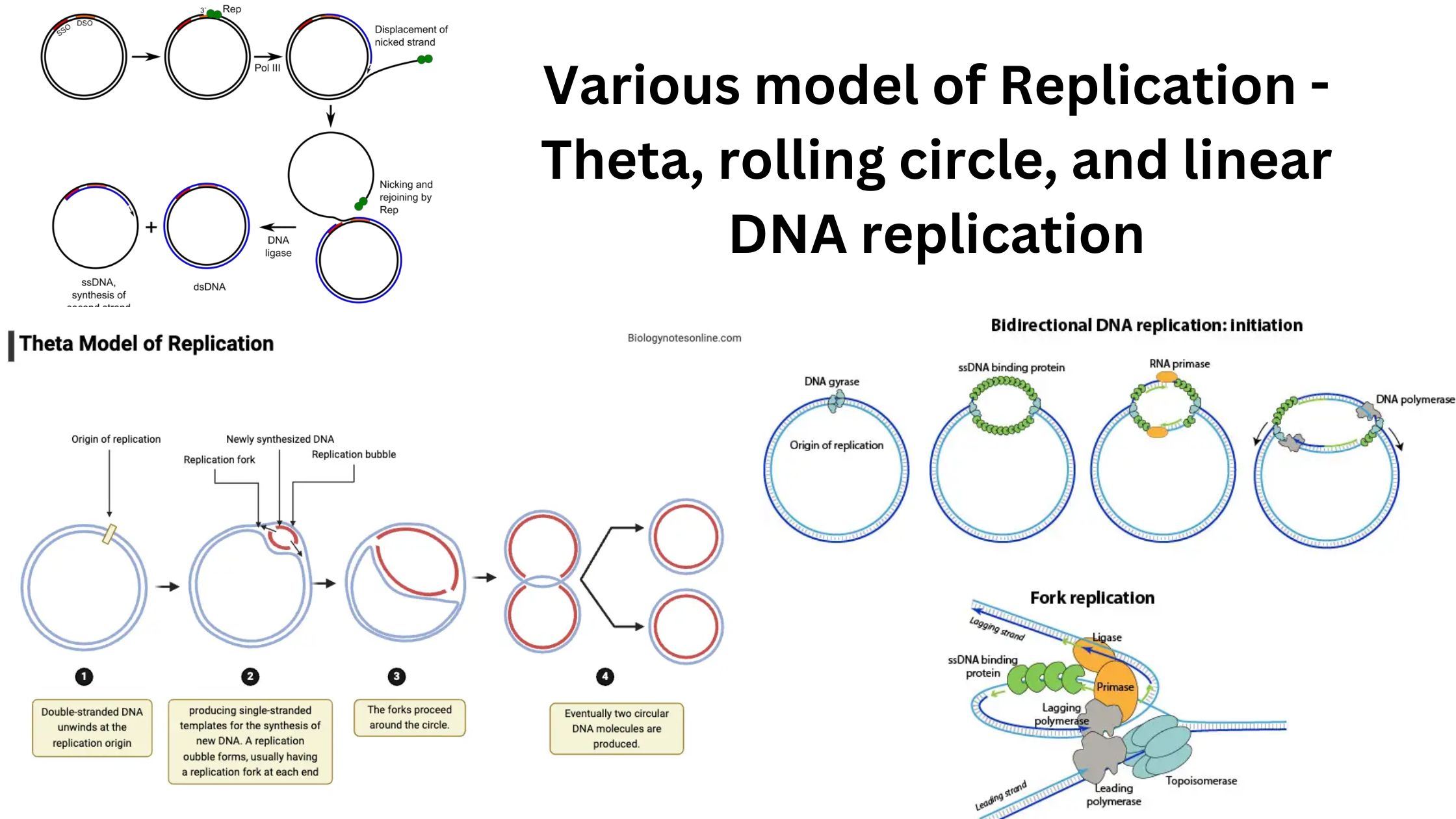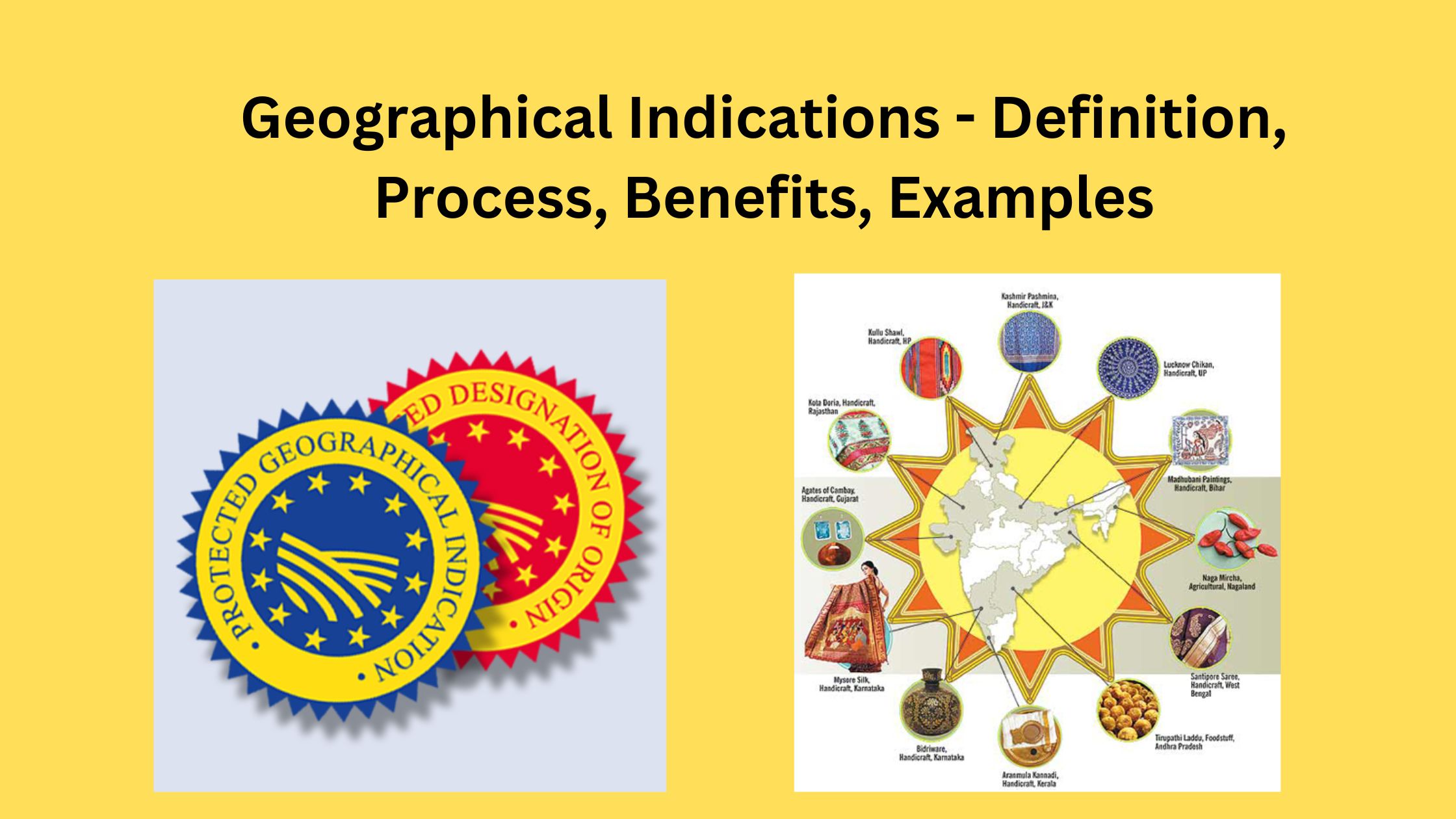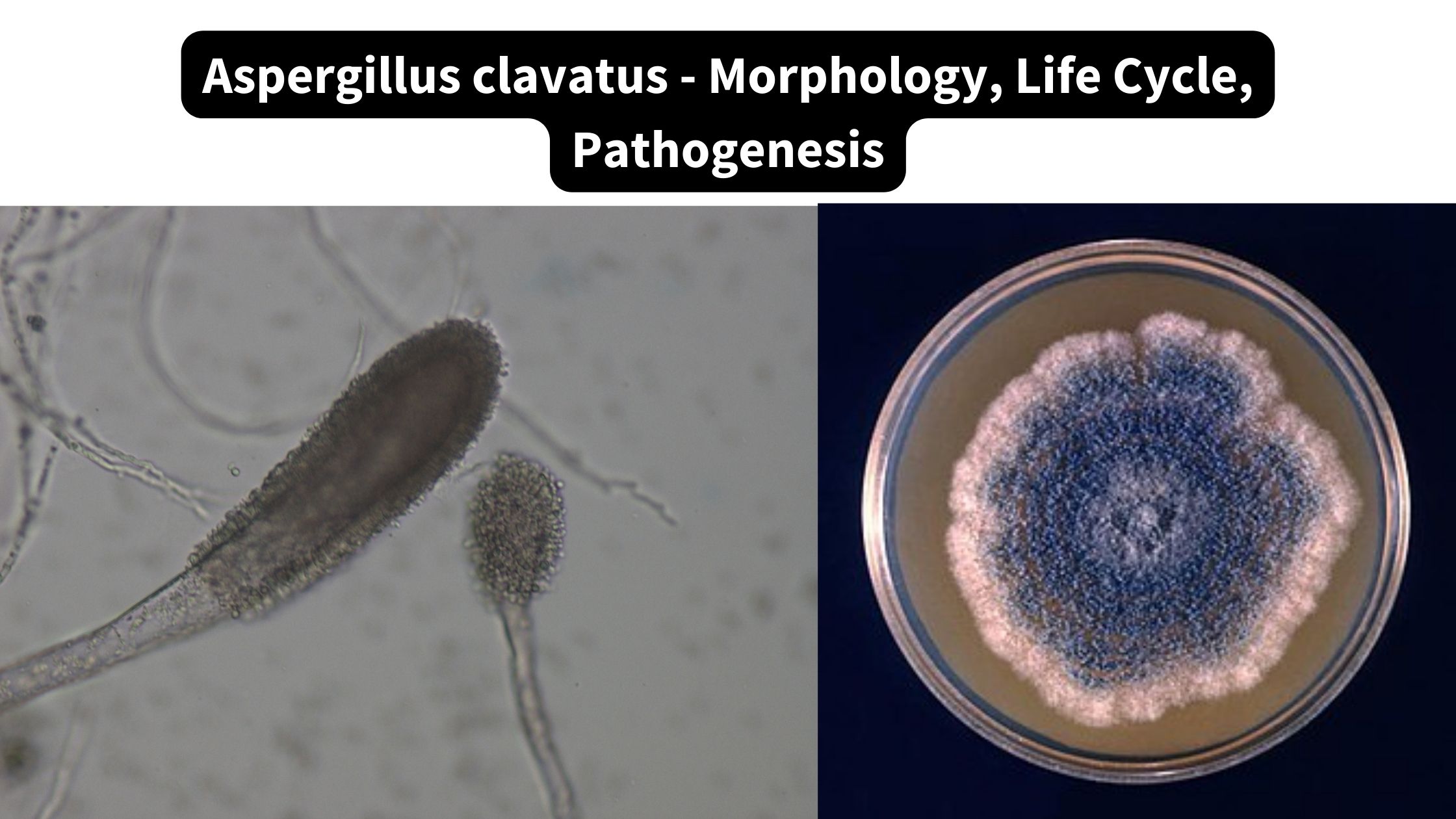Nondisjunction – Types, Causes, Consequences, Examples
What is Nondisjunction? Types of Nondisjunction Causes of Nondisjunction Molecular Biology of Nondisjunction Consequences of Nondisjunction The nondisjunction is the failure when chromosomes don’t separate properly during cell division (like meiosis/mitosis), causing abnormal number of chromosomes in daughter cells. Such imbalance is termed as aneuploidy, sometimes loss of one (monosomy 2n–1) or gain of one … Read more
